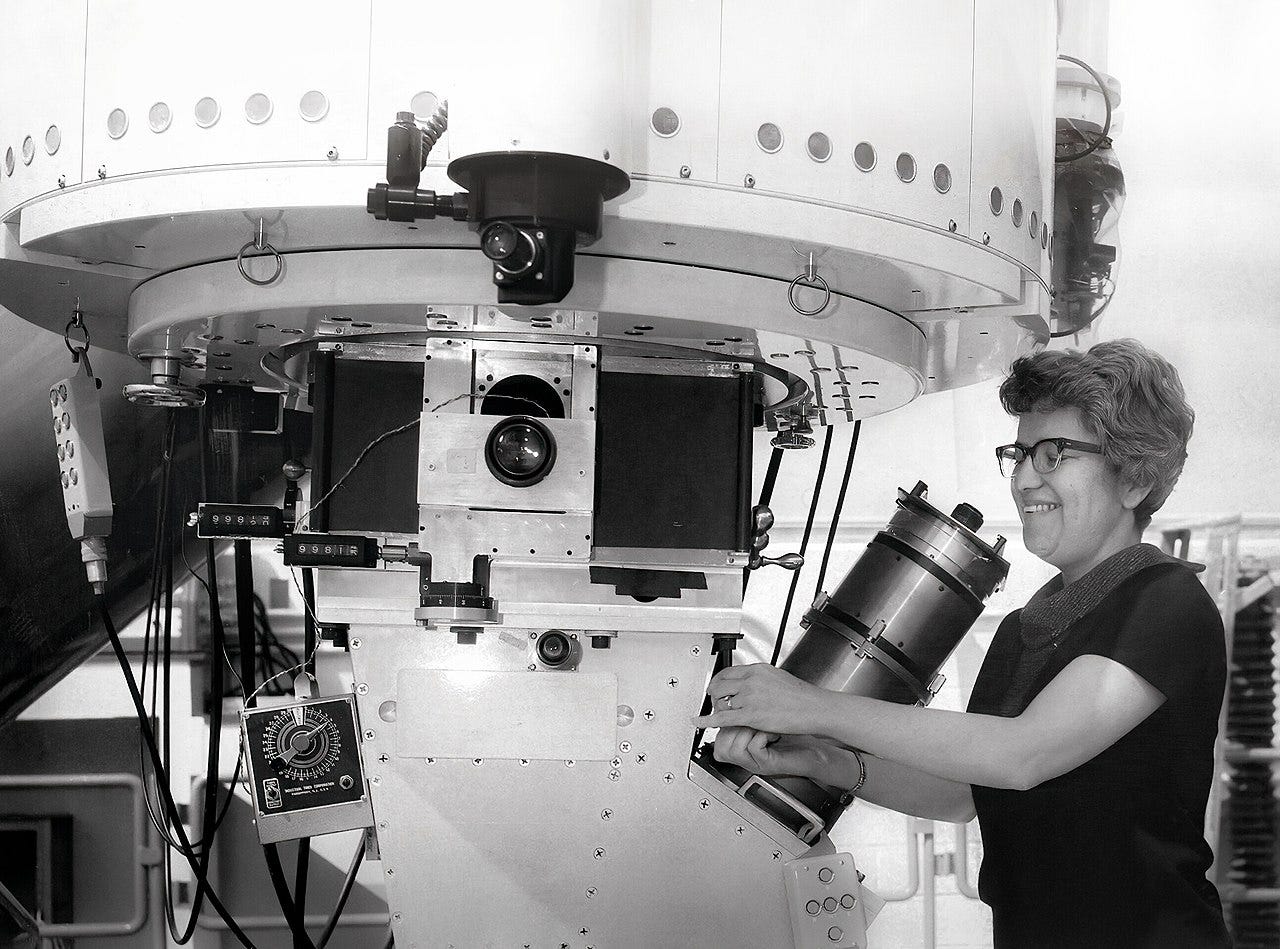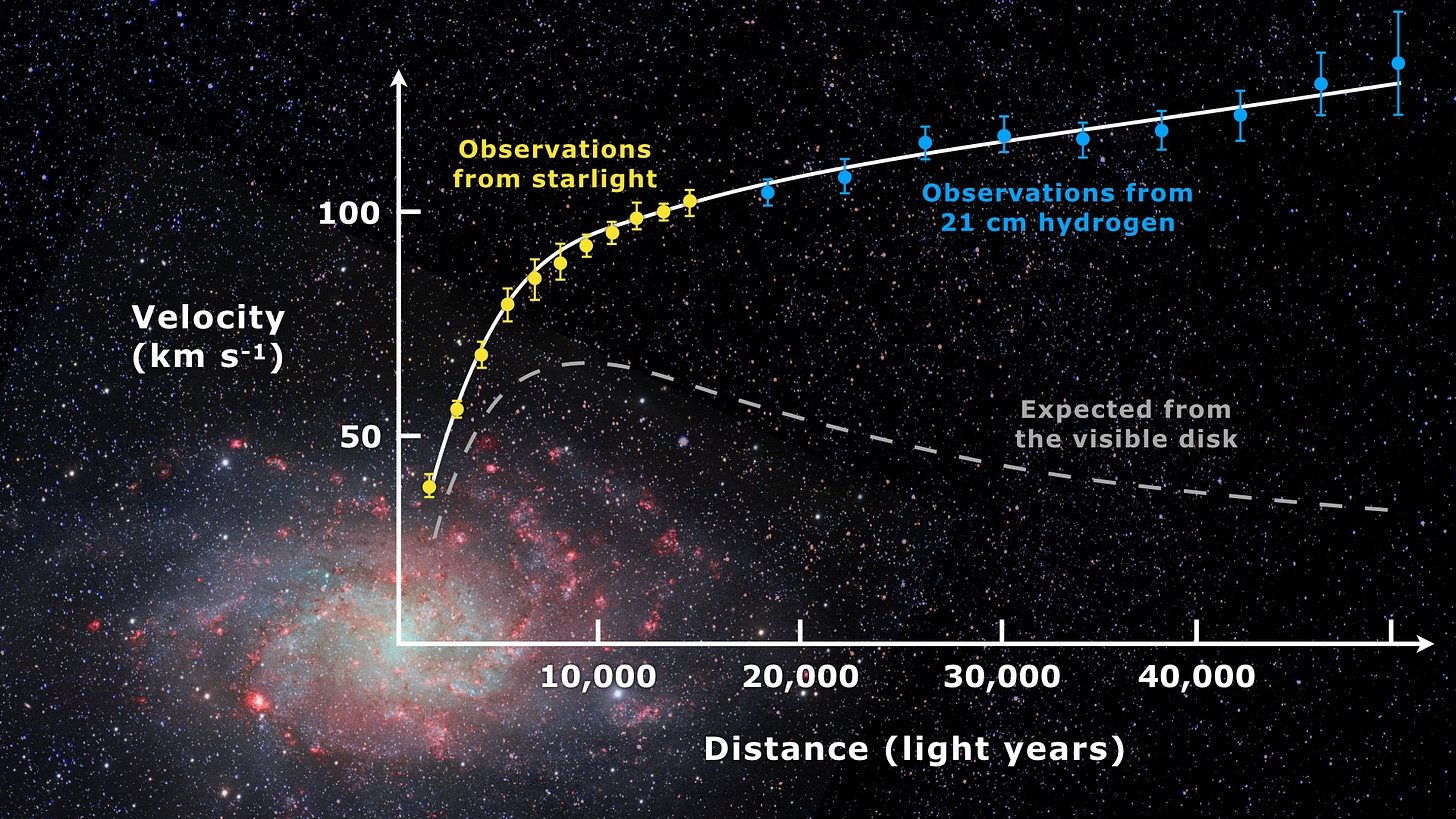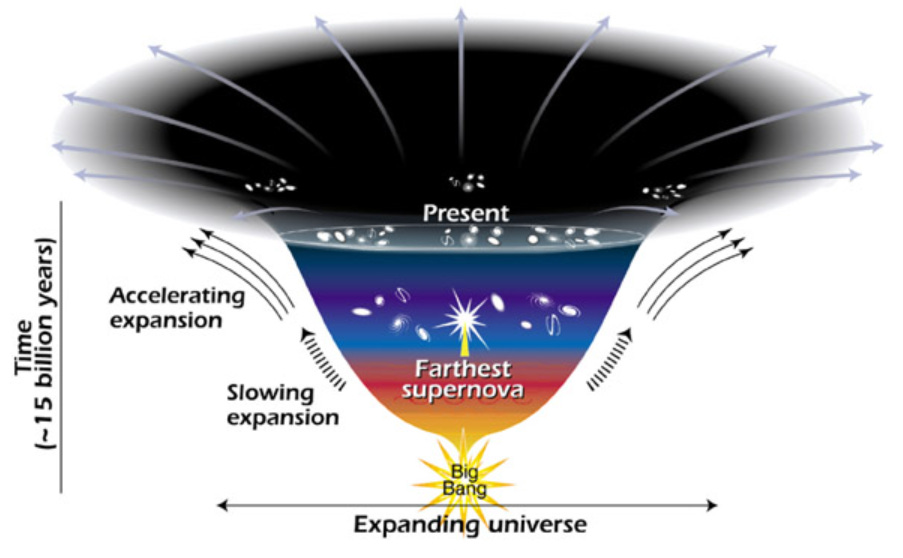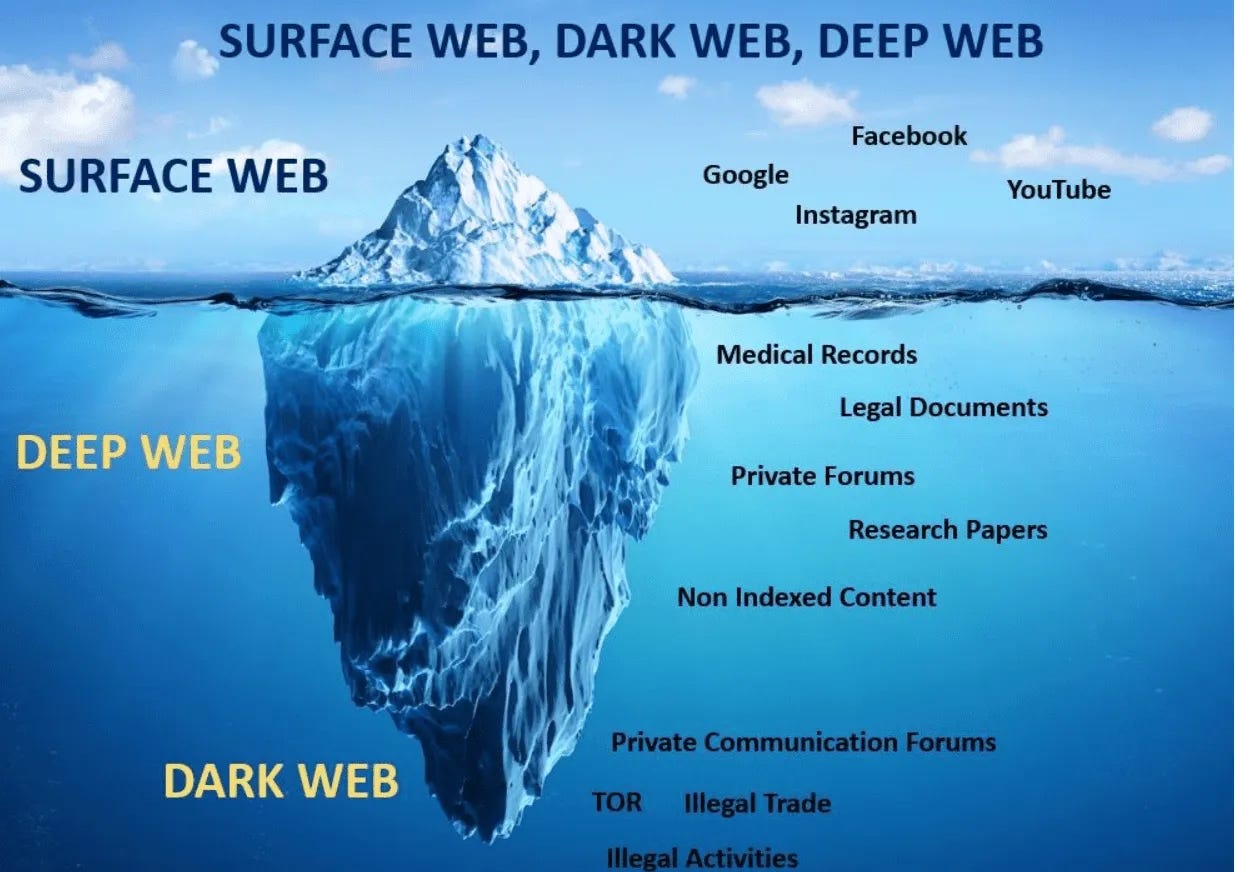What is Dark Matter & Dark Energy
The Space Deck got 200% funding on Kickstarter. 10 days left if you wish to pre-order.
Today, we will learn about Dark Matter and Dark Energy.
Introduction
Dark Matter
Dark matter, as its name suggests, is a mysterious substance that does not emit, absorb, or reflect electromagnetic radiation, making it invisible to traditional detection methods. Despite its elusiveness, scientists infer its existence through its gravitational effects on visible matter — gravity being the only known method of the interaction between Dark matter and regular matter (aka Baryonic matter).
Dark Energy
On the other hand, dark energy is an even more enigmatic force, driving the accelerated expansion of the universe. Unlike dark matter, which acts as a cosmic glue, dark energy behaves as a cosmic repellant, pushing galaxies away from each other at an ever-increasing pace. Its nature remains one of the most profound puzzles in modern physics, with theories ranging from vacuum energy to modifications of Einstein's theory of general relativity.
In the standard lambda-CDM model of cosmology (from which the Big Bang concept originate), the mass–energy content of the universe is 5% ordinary matter, 26.8% dark matter, and 68.2% a form of energy known as dark energy. Thus, dark matter constitutes 85% of the total mass, while dark energy and dark matter constitute 95% of the total mass–energy content.
Discovery
Dark Matter
According to the known laws of gravity, stars farther from the galactic center should move slower than the ones near the center. However, it has been observed that the stars revolve around their galaxy's center at equal or increasing speed over a large range of distances.
Check the below video in which, on the left, we have a simulated galaxy without dark matter, and on the right, the galaxy with a flat rotation curve that would be expected with dark matter.
This discrepancy in speeds was uncovered by Vera Rubin, an American astronomer in the late 1960s. Her calculations showed that galaxies must contain at least five to ten times as much dark matter as ordinary matter. Her results were confirmed over subsequent decades and became the first persuasive results supporting the theory of dark matter, initially proposed by Fritz Zwicky in the 1930s.

Dark Energy
Observations show that the expansion of the universe is accelerating, such that the velocity at which a distant galaxy recedes from the observer is continuously increasing with time. While the universe has been expanding since Big Bang, the accelerated expansion of the universe is thought to have begun since the universe entered its dark-energy-dominated era roughly 5 billion years ago.
Current Research and Implications
Today, researchers are engaged in a multi-faceted quest to unlock the mysteries of dark matter and dark energy. Particle physicists are conducting experiments to detect hypothetical dark matter particles, such as weakly interacting massive particles (WIMPs) or axions, using underground detectors and high-energy colliders like the Large Hadron Collider (LHC).
Astronomers are mapping the distribution of dark matter in the universe with unprecedented precision using techniques such as gravitational lensing and galaxy clustering. These efforts not only shed light on the nature of dark matter but also provide valuable insights into the formation and evolution of cosmic structures.
Meanwhile, theoretical physicists are exploring novel frameworks to reconcile the perplexing properties of dark matter and dark energy with our current understanding of fundamental physics. From extensions of the standard model of particle physics to alternative theories of gravity, these ideas push the boundaries of scientific knowledge and inspire new avenues of exploration.
The implications of unraveling the mysteries of dark matter and dark energy extend far beyond astrophysics. Understanding these cosmic constituents could revolutionize our understanding of fundamental physics, inform cosmological models, and even lead to transformative technologies.
On a side note, you might have come across terms like Dark Web and Deep Web. The deep web is any Web content you can’t see from a Google search. This includes anything you need a username or password to see. For example, your Amazon order history. The dark web is any overlay network that works like the Web, but needs special software or network configurations to see. One of the largest dark web is Tor.
We hope this article gave you a good primer on the topic of Dark matter and Dark energy. Next Sunday, we will cover another exciting topic.






